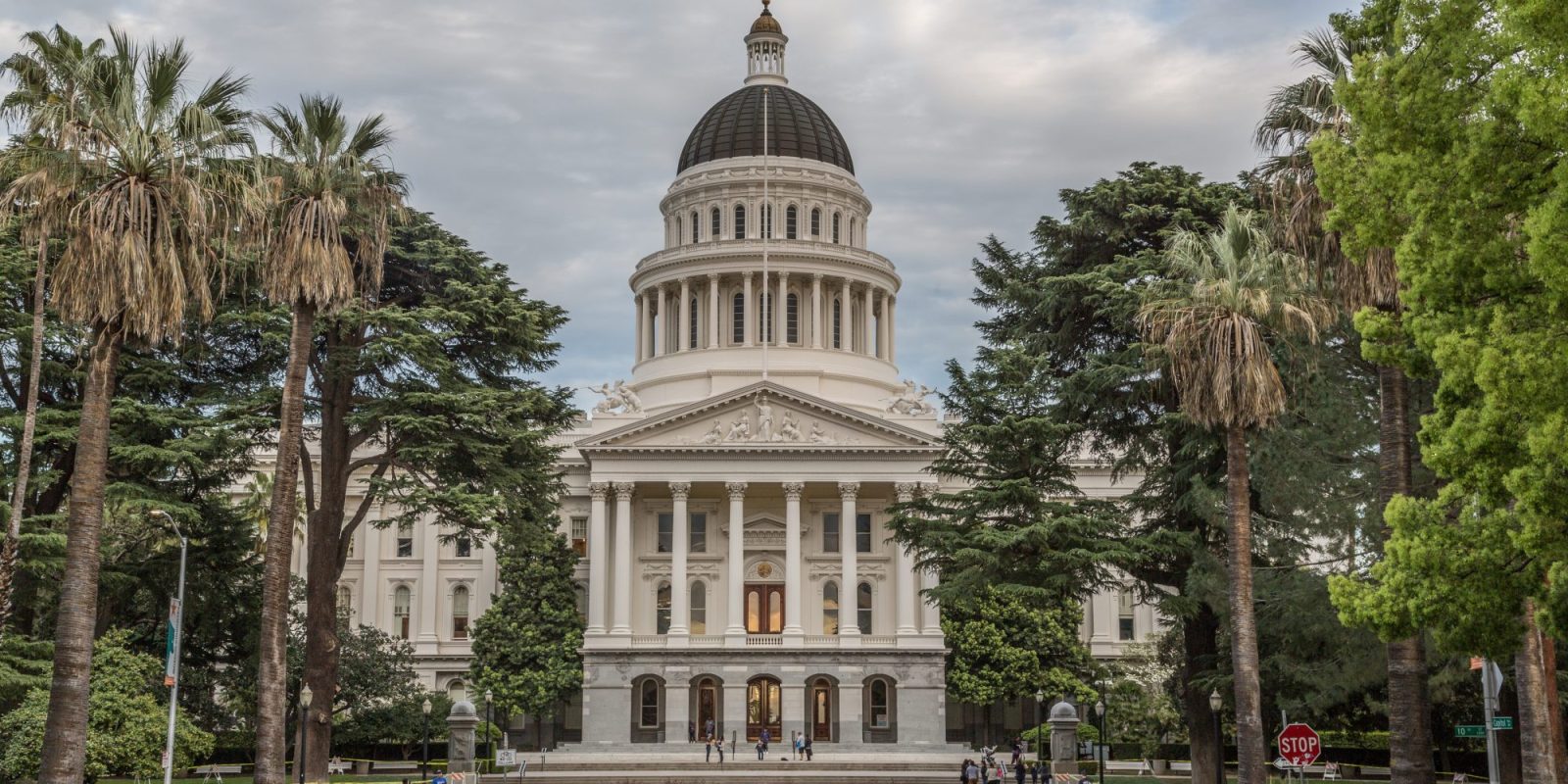
California has added a new $2,000 incentive for low- and moderate-income EV buyers, bringing the total state incentives to $9,500.
On top of the federal $7,500 EV tax credit and potential local or regional credits, this means some new EV buyers can get $17,000 or more back on the purchase of a new EV.
The new incentive comes in the form of an “EV Charge Card.” The charge card will be loaded with $2,000 worth of funds which can only be used at public charging stations.
One issue for lower-income EV buyers, especially in California, is that housing is quite expensive, which means some may not have access to their own parking spots. While California does have “right to charge” laws, which make it easier for renters to install charging and require new developments to have EV charging, there can still be difficulties for short-term renters and those who live in places that park on the street (e.g., many beach communities).
This means these groups are more likely to rely on public charging, so to meet that need, California’s new program gives $2,000 in free charging to this income group.
The charge card will be mailed out to rebate applicants that qualify for the Clean Vehicle Rebate Project’s (CVRP) “increased rebate” for lower-income households. Buyers of battery electric vehicles and plug-in hybrids will get the charge card, but fuel cell vehicles won’t.
The “increased rebate” is $7,500 for BEVs and $6,500 for PHEVs, and it applies to any household with income less than or equal to 400% of the federal poverty line. In 2023, this means an income of under $58,320 for an individual or $120k for a family of four. But this is household income, not individual income, so dual-income families will need to account for both.
Higher-income EV buyers will still have access to California’s typical $2,000 EV rebate but won’t get the charge card and don’t qualify for the increased rebate.
Between the new charge card, the increased rebate, and the federal EV tax credit, this means that some buyers in a narrow income range could potentially qualify for $17,000 in incentives on the purchase of a new EV.
Better yet, some cities, utilities, and regions have additional incentives available. For example, the San Joaquin Valley Air District offers a $3,000 incentive, Central Coast Community Energy offers $2,000-$4,000, and so on.
CVRP has created a “savings calculator” where you can input information about your household, and it will help you find various incentives available to you.
For buyers who happen to live in the right location and have the right income level, it could be possible to get over $20k worth of incentives on the purchase of a new EV. We recently ran a story on how one person supposedly got a new Tesla Model 3 for under $14k.
And there are even cheaper EVs than that. Electrek’s vehicle of the year, the Chevy Bolt EV – which is already a screaming deal at a base MSRP of $26,500 – could be an even more phenomenal deal for anyone who manages to qualify for California’s increased rebate and the federal tax credit.
And while the Chevy Bolt will go out of production at the end of this year, some other budget EVs will remain, like the Nissan Leaf, which is still under $30k.
However, the federal tax credit isn’t refundable, meaning you need to have enough total federal tax liability to take advantage of it (for a single filer, a tax burden of $7,500 correlates with ~$54k in taxable income). This means lower-income buyers may only be able to take advantage of part of the federal tax credit rather than all of it.
This could change next year when the federal tax credit becomes available upfront at the point of sale. Also, low-income EV buyers can take advantage of the full federal tax credit now by leasing an EV because the credit is then taken by the lessor, which can be passed on via lower lease payments.
In the case of a lease, the CVRP rebate is still available as long as the lease is at least 30 months. You still have to pay the down payment, but you’ll get a check from California a few weeks later. (In the past, we’ve seen lease down payments set such that you would see “zero down payment” after the rebate check comes in.)
For other questions about eligibility, see CVRP’s FAQ here. And have a look at the savings calculator mentioned above to find other potential rebates. And if you’re looking for the best deal in EVs right now, you can use our link to search your local dealers for a Chevy Bolt (or a Nissan Leaf).
"low" - Google News
August 15, 2023 at 10:00PM
https://ift.tt/uw9Yp5V
Ditching gas just got more affordable for low-income EV buyers in California - Electrek
"low" - Google News
https://ift.tt/wTPOky8
Bagikan Berita Ini














0 Response to "Ditching gas just got more affordable for low-income EV buyers in California - Electrek"
Post a Comment